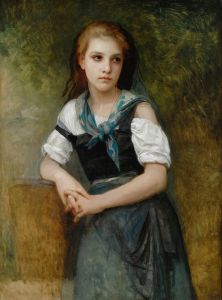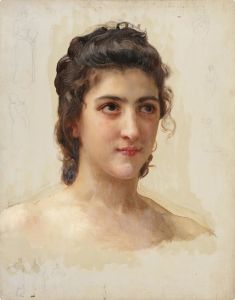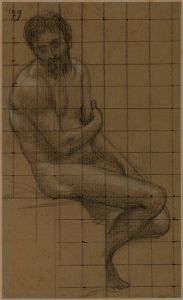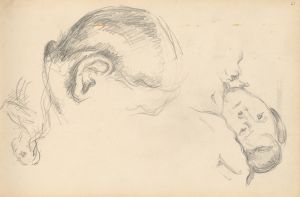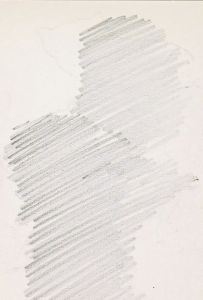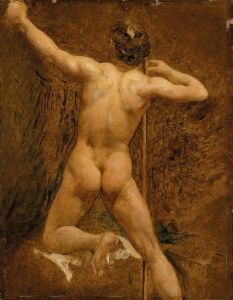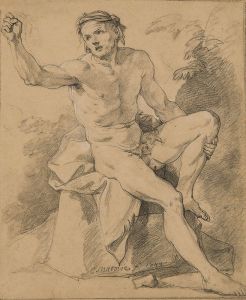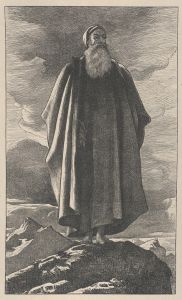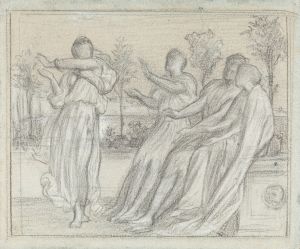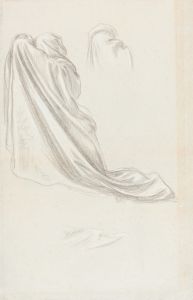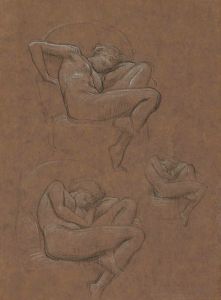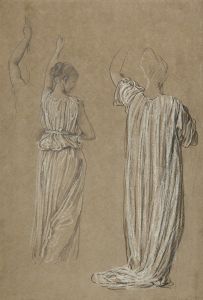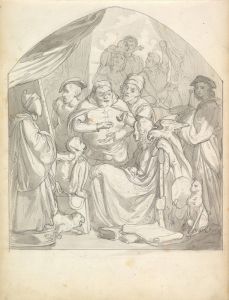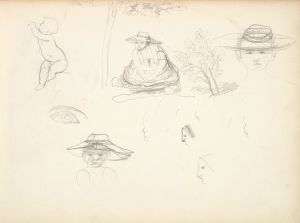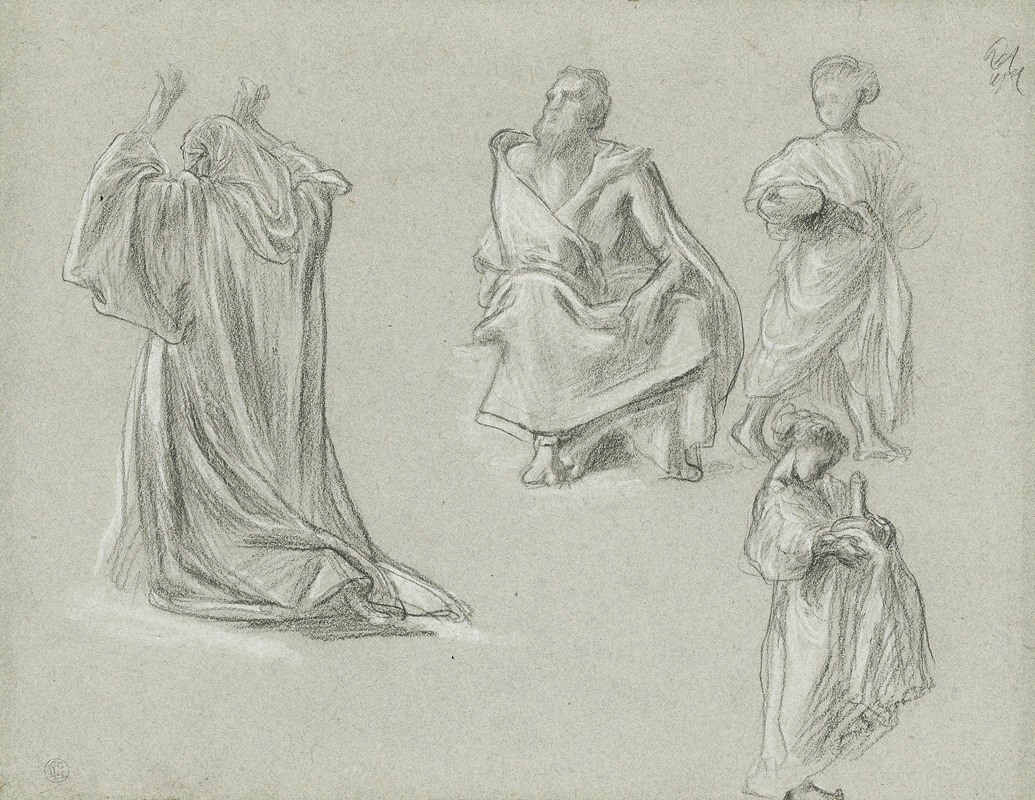
A sheet of figure studies
A hand-painted replica of Frederic Leighton’s masterpiece A sheet of figure studies, meticulously crafted by professional artists to capture the true essence of the original. Each piece is created with museum-quality canvas and rare mineral pigments, carefully painted by experienced artists with delicate brushstrokes and rich, layered colors to perfectly recreate the texture of the original artwork. Unlike machine-printed reproductions, this hand-painted version brings the painting to life, infused with the artist’s emotions and skill in every stroke. Whether for personal collection or home decoration, it instantly elevates the artistic atmosphere of any space.
Frederic Leighton, 1st Baron Leighton (1830–1896), was a prominent British artist associated with the Victorian era's academic art movement. He is best known for his paintings and sculptures that often depicted classical, historical, and biblical subjects. One of his lesser-known works is "A Sheet of Figure Studies," which showcases his skill in drawing and his interest in the human form.
"A Sheet of Figure Studies" is a drawing that exemplifies Leighton's dedication to understanding and representing the human body. This work is not a single composition but rather a collection of sketches on one sheet, likely used as preparatory studies for larger works. Such sheets were common among artists of the period, serving as a means to explore different poses, gestures, and anatomical details. Leighton, like many of his contemporaries, placed great emphasis on the study of anatomy and the human figure, which was considered essential for creating realistic and dynamic compositions.
The drawing reflects Leighton's academic training and his commitment to the principles of classical art. He studied at the Royal Academy of Arts in London and later in Europe, where he was influenced by the Renaissance masters and the neoclassical style. His travels to Italy and France exposed him to the works of Michelangelo, Raphael, and other great artists, whose influence is evident in his meticulous approach to figure drawing.
In "A Sheet of Figure Studies," Leighton likely used live models to capture the nuances of the human form. The sketches may include various poses, from standing and reclining figures to detailed studies of hands, feet, and facial expressions. This practice allowed him to experiment with composition and form, ensuring that his final paintings and sculptures were grounded in accurate anatomical representation.
Leighton's work, including his figure studies, was highly regarded during his lifetime. He was elected President of the Royal Academy in 1878, a position he held until his death. His dedication to art education and his contributions to the Victorian art scene were significant, and he was the first artist to be ennobled, receiving a peerage shortly before his death.
While "A Sheet of Figure Studies" may not be as widely recognized as some of Leighton's larger works, such as "Flaming June" or "The Bath of Psyche," it provides valuable insight into his artistic process and the importance he placed on preparatory studies. These sketches are a testament to his skill as a draftsman and his commitment to the academic tradition of art.
Leighton's legacy continues to be celebrated in art history, and his works are held in high esteem in collections around the world. His figure studies, including this sheet, remain an important part of his oeuvre, illustrating the foundational role that drawing played in his artistic practice.





